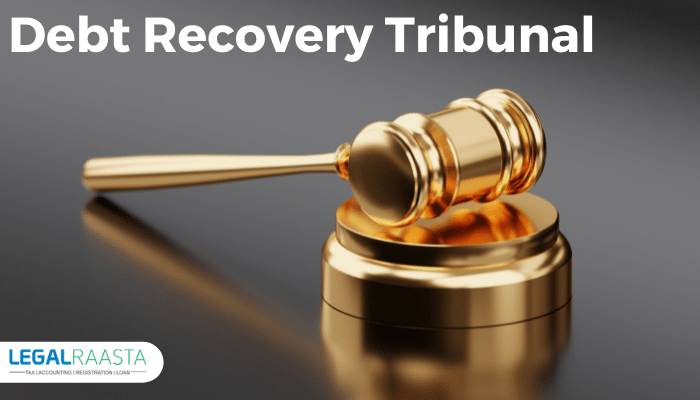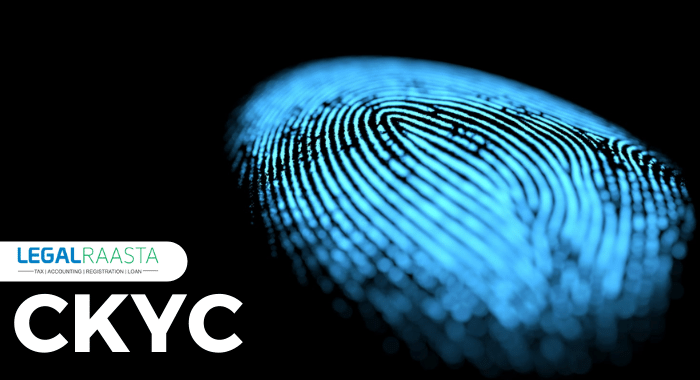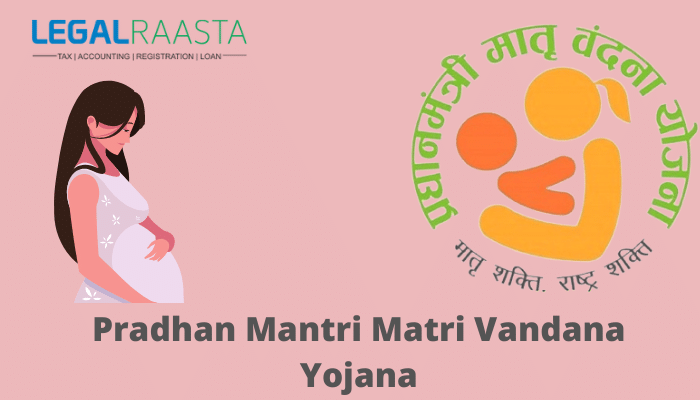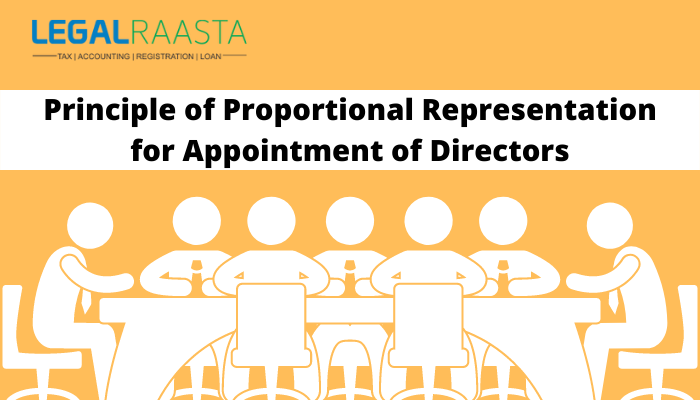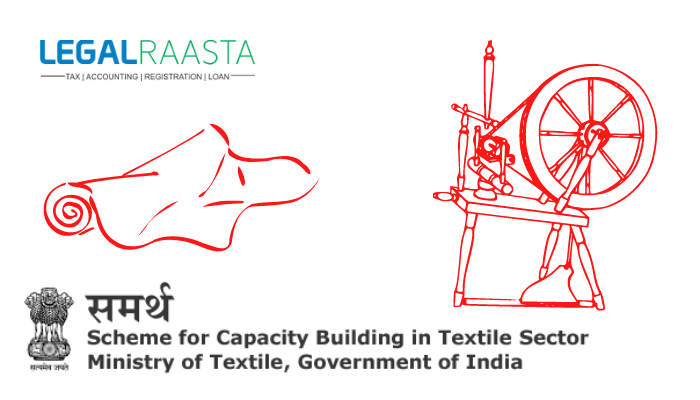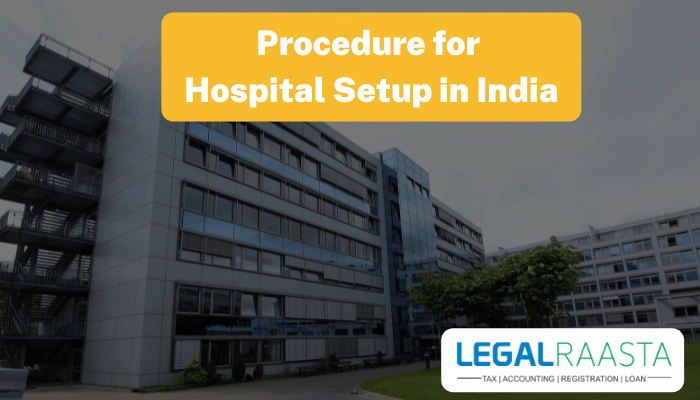Debt Recovery Tribunal (DRT)
Debt Recovery Tribunals were established to make it easier for banks and other financial institutions to recover debts owed to them quickly. DRTs were established when the Recovery of Debts Due to Banks and Financial Institutions Act (RDBBFI) was passed in 1993. A person or company who has been harmed by DRT orders can file an appeal with the Debt Recovery Appellate Tribunal (DRAT). The DRAT will not consider the appeal unless the person pays 75 percent of the sum owing, as calculated by the DRT. The Debt Recovery Tribunal Act is examined in-depth in this article.
Importance of DRT
DRT’s principal goal and purpose are to collect monies from debtors that are owed to banks and financial organizations. The Tribunal’s jurisdiction is confined to disputes involving the restoration of outstanding amounts from NPAs declared by banks in accordance with RBI standards. All of the District Court’s powers are delegated to the Tribunal. The Tribunal also employs a Recovery Officer who assists in the execution of the Presiding Officers’ recovery certificates. DRT adheres to the legal process by emphasizing the expeditious disposition of cases and the swift implementation of final orders.
Applicability of the Act
The following entities are covered by the Debt Recovery Tribunals Act.
- It is applicable across India, with the exception of the state of Jammu & Kashmir.
- It applies when the outstanding debt is greater than Rs. 10,00,000/-.
- It applies when only Banks and Financial Institutions file the initial application for debt collection.
Establishment of Tribunal and Appellate
To exercise the jurisdiction, powers, and authority provided by this Act, the Central Government may establish one or more Debts Recovery Tribunals.
The Central Government may also identify the areas in which such a tribunal has authority to hear and decide the petitions that are brought before it.
Composition of DRT
The Presiding Officer, who is competent to be a District Judge and is appointed by Central Government announcement, is in charge of DRT. Other than discharging the function of a presiding officer of a DRT, the central government may authorize another presiding officer of a DRT.
Documents Required
Every application must be accompanied by a paper book containing information such as:
- A statement detailing the debt owed to a Respondent and the circumstances in which it became due.
- Any and all papers relied on by the applicant, as well as those listed in the application.
- Information on the application fee, including a crossed Bank Draft or Indian Postal Order.
- A list of the documents that will be produced.
Note: Where the parties to the lawsuit or proceedings are to be produced by an agent, the documents authorizing him to represent them as such agent or, in the case of an Advocate, the Vakalatnama must also be included in the application.
Application Fee
Each application must be accompanied by the fee specified in the sub-rule (2).
- The fee can be paid in the form of a crossed demand draught made in the Registrar’s name or in person at the Registrar’s office.
- A crossed Indian Postal Order written in favor of the Registrar can be used to pay the fee, which is also payable at the Central Post Office of the station where the Tribunal is located.
DRT Process
The following steps are involved in filing an application with the Debt Recovery Tribunal:
Procedure for filing of the application
The applicant should file an application with the Registrar in whose jurisdiction the applicant is currently operating as a bank or financial institution.
An application should be submitted in the format specified.
The applicant, his agent, or an authorized legal practitioner can present the application.
The application must be presented to the registrar of the tribunal whose jurisdiction his case falls under, or it can be forwarded to the Registrar by registered mail.
Submission of application
If the application is sent by mail, it is regarded to have been sent to the Registrar on the same day that the Registrar receives the request.
There should be two parts to the application. An empty file-size envelope with the respondent’s complete address. Each respondent’s full address should be provided by the applicant.
Presentation and verification of application
Every application will be approved by the registrar or any other involved official authorized by him on the date it is presented or presumed to have been filed under that regulation, and the registrar or any other concerned officer should sign the endorsement.
If the application passes verification, it should be properly registered and assigned a serial number.
Issuance of original application number
The Registrar of the DRT is in charge of the tribunal’s overall administration.
After confirming the application, the Registrar will issue the Original Application (OA) number and summons. Each respondent receives a copy of the application as well as a paper book. Within one month (or an additional time authorized by the tribunal) of receiving the application, the respondent may file four complete sets showing the application’s response as well as supporting documents.
Procedure Before Filing a Case in DRT
Before filing a case before a debt collection tribunal, the following procedures must be undertaken.
- In the case of hypothecated goods, take control of the assets and sell them after addressing the due in the form of notice to the lender.
- Handover LIC policies and assign the surrender amount to the loan account in the case of LIC policies.
- Before filing a lawsuit, set off the credit balance in any current or savings account, as well as TDRs, in the names of the Borrowers or Guarantors.
- Proof of ownership or debt, such as shares, debentures, NSCs, and Mutual Fund Securities, should be realized and applied to the outstanding balance.
- Ensure that documents or securities are enforceable against borrowers/guarantors while transferring files to advocates in order to file a Recovery Application with the tribunal.
- Provide an accurate briefing to the advocate by delivering a detailed narrative or write-up and thoroughly evaluating the account’s actions, papers received to date, securities created, and other pertinent information.
- Examine the draught application to ensure that all facts and important details stated in the draught application are correct.
- After verifying the accuracy of the draught application, the branch must submit the draught application, along with a copy of the memorandum for legal action in the account and a copy of the narrative or write-up provided to the advocate earlier, to the concerned authority for approval, along with a list of documents.
- After receiving permission from the Authority, the Branch shall consult with an attorney to address any revisions or observations made by the competent authority before approving and finalizing the Application for Recovery of Bank Dues.
Procedure at Filing the Case in DRT
When filing a case with a debt collection tribunal, the following procedures must be followed.
- Within the specified time from the day of the appropriate authority mentioned for approval against the legal action, the Recovery Application, in the prescribed format, should be submitted with the DRT.
- The Recovery Application should contain a description of all relevant documents and securities charged to the Bank.
- Xerox copies of records must be provided to the Advocates when filing a Recovery Application.
- Original documents should be kept at the branch until DRT requests them.
- Interim reliefs such as injunctions against properties, attachments before judgment, receiverships, and recovery certificates for admitted debts should all be contested.
- Account extracts must be submitted and confirmed in accordance with the Bankers Books Evidence Act and must be included in the Recovery Application.
- Interest in fines should not be compounded.
- The costs of preserving the securities prior to filing suit and during the lawsuit’s pendency are claimed.
Procedure After Filing the Case in DRT
Following are the steps to take after filing a debt recovery case with the debt recovery tribunal.
- If all of the requirements of the Recovery Application are met, ORT will issue a serial number and summons to the borrowers or guarantors known as defendants.
- For a rapid resolution of the case, the warrant should be served, and the Branch/Advocate should see that the summons is served within one month.
- If the defendants are issued with the summons, the proceedings begin with evidence in the form of affidavits filed by the bank, followed by cross-examination of Bank witnesses and vice versa, and arguments culminating in Recovery Certificates in the Bank’s favor.
- Affidavits, explanations, and reports excepted by the DRT should all be filed on time, and no adjournment should be requested on this score. Responding to the borrowers’ counterclaims should be done as soon as possible.
- Defendants seek an adjournment for a variety of reasons, including that their compromise plan is still being considered by the Bank’s Advocate, who should oppose the Bank.
- The DRT has the authority to order defendants’ arrest and incarceration in civil prison if they do not comply with the DRT’s directives. When a defendant violates the DRT’s statutes, the Branch shall contact the Bank’s Advocate, who will file an appeal for the defendant’s arrest and detention.
Execution of Recovery Certificate
Finally, the Presiding Officer signs the Recovery Certificate and sends it to the Recovery Officer (R.O.) to be carried out. The recovery officer can issue a notice to Certificate Debtors after receiving the Recovery Certificate, giving them 15 days to pay the sum mentioned in the Recovery Certificate.
If the defendant fails to pay the sum due, the Recovery Officer will use one or more of the measures outlined below to recover the money:
- Attachment and sale of the defendant’s moveable and immovable property.
- The defaulter’s arrest and detention.
- The Receiver is appointed.
- After the bank dues have been fully recovered, the DRT application is closed by the Recovery Officer.
Appeal Against Recovery Officer
Within 30 days of the date of the order, an appeal to DRT can be sought against a Recovery Officer’s decision. The claim must be resolved within six months by the Tribunals. Only DRAT can hear an appeal against a DRT decision within 45 days (Debt Recovery Appellate Tribunal). According to Section 21 of the tribunal, the appellant must deposit 50% of the funds for the filing of the lawsuit, with the Chair Person having the authority to lower the deposit amount to 25% of the deposit amount.
Read, also: Credit Rating Agencies in India
Charitable Trusts and NGO – Income Tax Benefits

